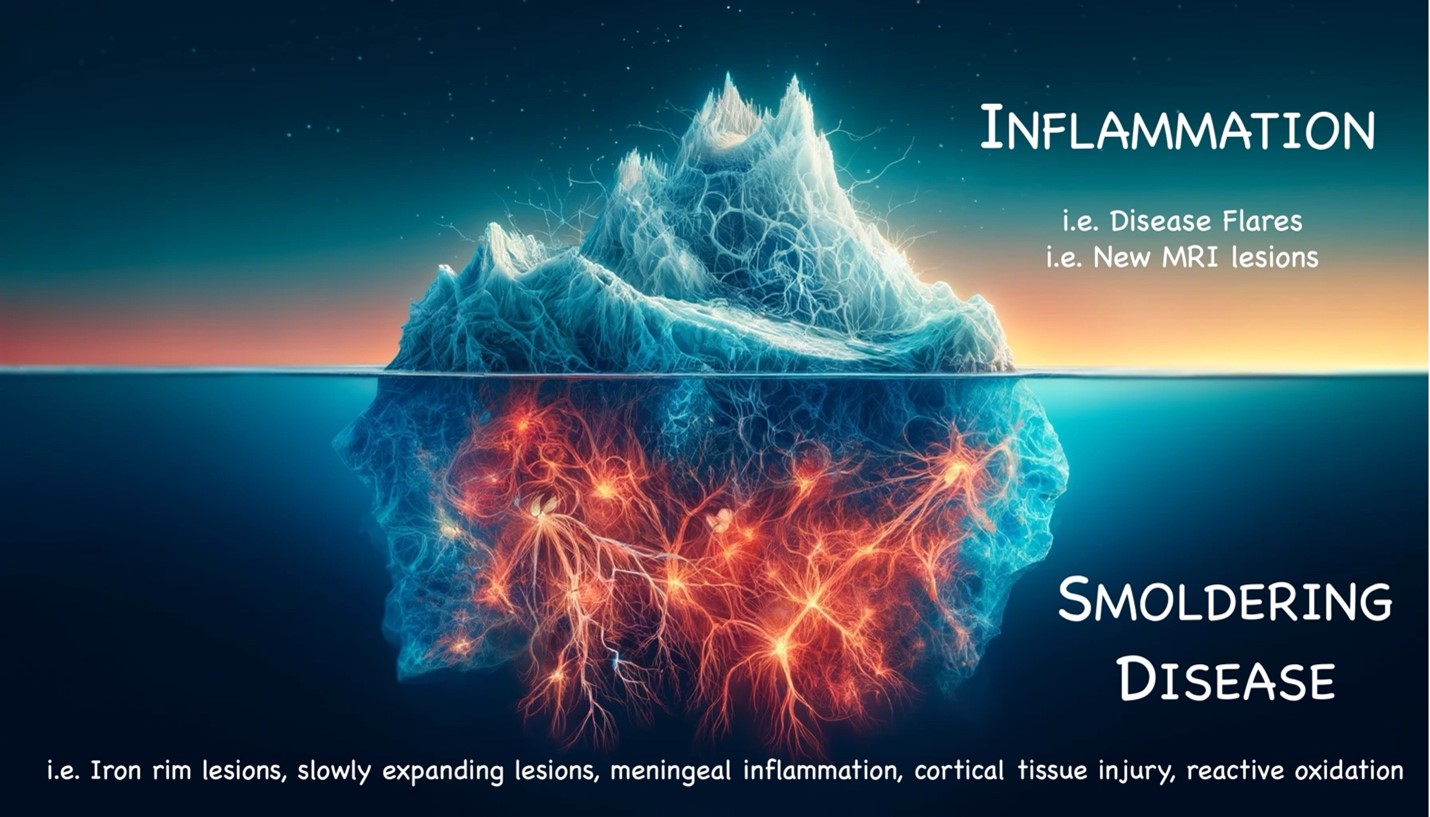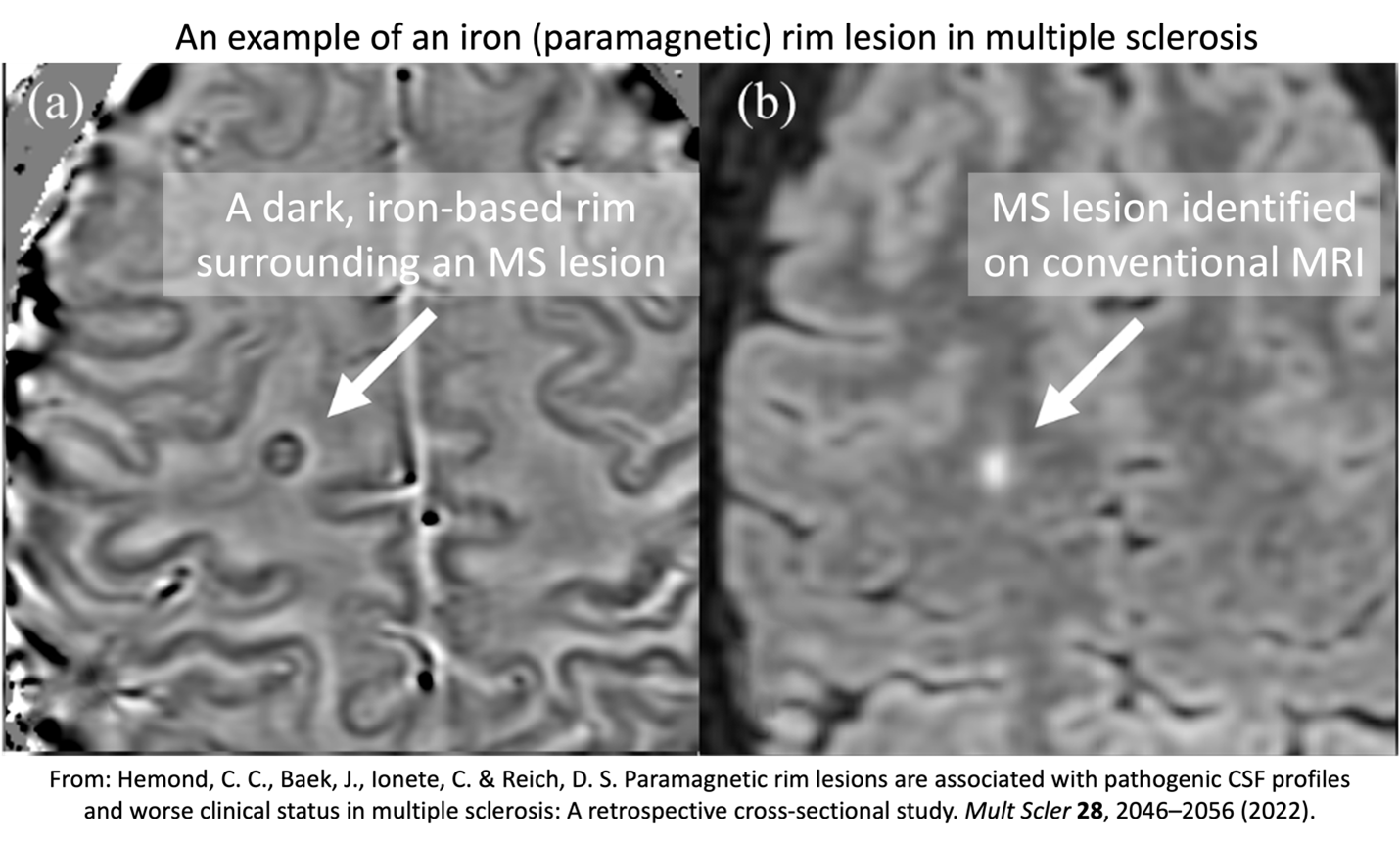Investigator Spotlight: Christopher Hemond, MD
Hemond Lab
Date Posted: Monday, June 17, 2024 Christopher Hemond, MD, assistant professor of neurology, associate research director of Neuroimmunology and MS Center, and principal investigator of Hemond Lab focuses on neuroimmunology and its intersection of two vast, vital, and complex system in the human body, the brain and the immune system. Always attracted to research, his scholarly experience began with undergraduate studies toward a PhD in neuroscience at Massachusetts Institute of Technology (MIT). After working in a clinical research lab, he realized an MD can also be the pathway to do great research while directly helping people.
Christopher Hemond, MD, assistant professor of neurology, associate research director of Neuroimmunology and MS Center, and principal investigator of Hemond Lab focuses on neuroimmunology and its intersection of two vast, vital, and complex system in the human body, the brain and the immune system. Always attracted to research, his scholarly experience began with undergraduate studies toward a PhD in neuroscience at Massachusetts Institute of Technology (MIT). After working in a clinical research lab, he realized an MD can also be the pathway to do great research while directly helping people.
Dr. Hemond completed medical school and his residency training at Stanford University Medical School in Palo Alto, California. He also completed an internship at the University of Hawaii and a clinical research fellowship at the Partners MS Center at Brigham and Women’s Hospital specializing in MRI analysis before joining UMass Chan.
Dr. Hemond's drive to examine the inner mechanisms of things began as a child, and while he did not pursue a major in engineering, his analytical skills found many parallels studying neuroscience. He describes that neurology training is “like learning the wiring diagram of the nervous system”, where neurologists test the “circuits” of the nervous system to help diagnose and localize injury in the brain, spinal cord, or peripheral nerves.
Dr. Hemond shares, “One of the most enjoyable aspects of my job is listening closely to my patients to better understand the most important gaps in clinical care. My patients fuel my inspiration for research, and my research in turn is focused on areas that can have immediate clinical impact at the “bedside”.
 His research focuses on the inflammatory processes in Multiple Sclerosis (MS), which if left untreated, create a “smoldering” loss of brain and spinal cord tissue. His visual representation created through AI software depicts how the (surface) inflammatory fire may be put out, but sometimes the burning embers are still present, and difficult to detect. Things might seem ok on top of the iceberg, but a significant portion of the disease may still be present.
His research focuses on the inflammatory processes in Multiple Sclerosis (MS), which if left untreated, create a “smoldering” loss of brain and spinal cord tissue. His visual representation created through AI software depicts how the (surface) inflammatory fire may be put out, but sometimes the burning embers are still present, and difficult to detect. Things might seem ok on top of the iceberg, but a significant portion of the disease may still be present.
Dr. Hemond's research identifies these “embers” using MRI to develop a better understanding of their underlying mechanisms.
He is currently working with an NIH supported grant to focus on a particular MRI marker called the iron (“paramagnetic”) rim lesion, which identifies a subset of MS lesions that seem to be smoldering. His research seeks to answer why this happens to some lesions and not others, and if these lesions could be “put out”.
 Recently, Dr. Hemond's lab — using the MS Clinic’s large longitudinal clinical databases — identified the iron rim lesion as a novel imaging biomarker for MS that has >98% specificity for discriminating MS from non-MS in a case-control cohort of 580 patients. In identifying the iron rim lesions associated with a weakening of the protective blood-brain-barrier that encapsulates nervous system tissue, these lesions can be seen on a variety of MRI machines of different magnetic field strengths if the correct imaging protocol is implemented. This finding will help facilitate iron rim lesions being used in clinical practice by indicating the markers can be used to effectively diagnose MS from other diseases.
Recently, Dr. Hemond's lab — using the MS Clinic’s large longitudinal clinical databases — identified the iron rim lesion as a novel imaging biomarker for MS that has >98% specificity for discriminating MS from non-MS in a case-control cohort of 580 patients. In identifying the iron rim lesions associated with a weakening of the protective blood-brain-barrier that encapsulates nervous system tissue, these lesions can be seen on a variety of MRI machines of different magnetic field strengths if the correct imaging protocol is implemented. This finding will help facilitate iron rim lesions being used in clinical practice by indicating the markers can be used to effectively diagnose MS from other diseases.  Given the qualitative nature of this MRI biomarker, the lab identified a set of specific radiographic features that should be used by radiologists to help exclude lesions as iron rim lesions for diagnostic assessment. The biomarker is likely to be included in the revised diagnostic assessment model known as the McDonald criteria, a step that will facilitate patient assessments and ultimately reduce patient harm from misdiagnosis .
Given the qualitative nature of this MRI biomarker, the lab identified a set of specific radiographic features that should be used by radiologists to help exclude lesions as iron rim lesions for diagnostic assessment. The biomarker is likely to be included in the revised diagnostic assessment model known as the McDonald criteria, a step that will facilitate patient assessments and ultimately reduce patient harm from misdiagnosis .
“I am lucky to be surrounded by supportive colleagues and collaborators who all share my vision to cure MS. We have a phenomenal, indefatigable clinical team and research staff for whom I am very grateful! Without my patients whose generosity of spirit and volunteerism for research efforts, the true engine and source of discovery would not be possible. Thank you all,” Dr. Hemond shared.